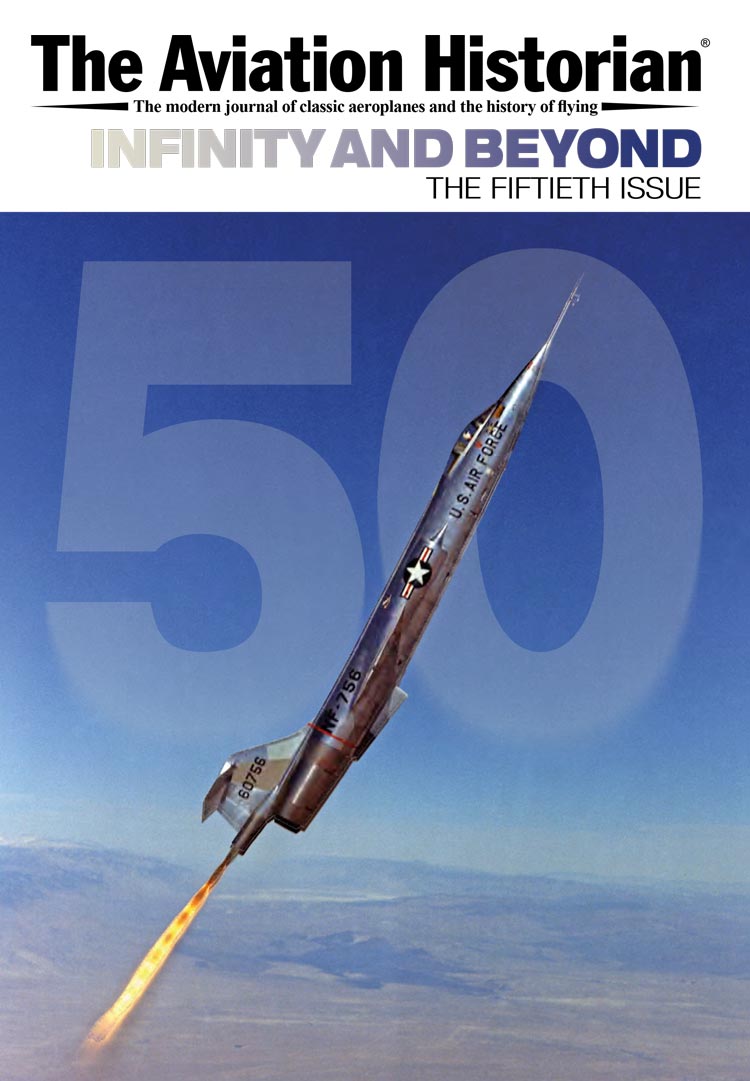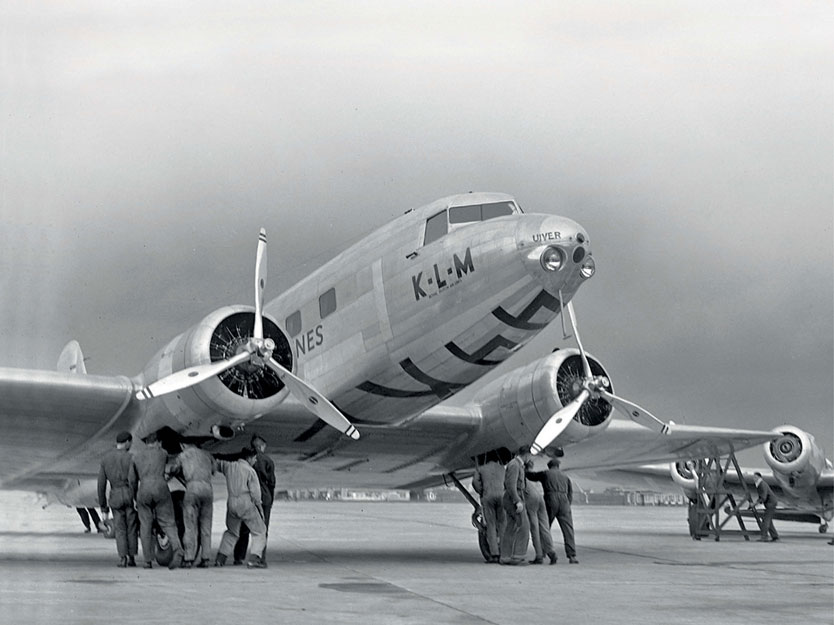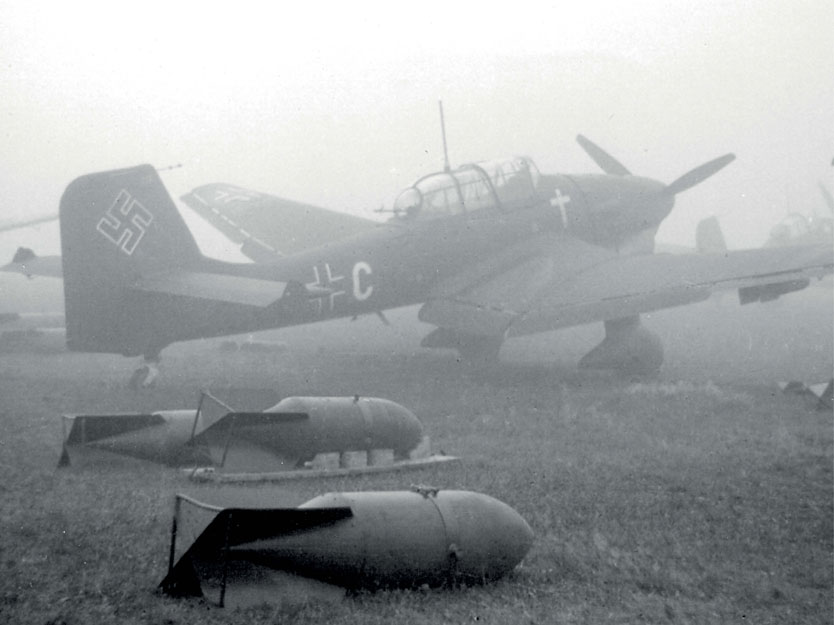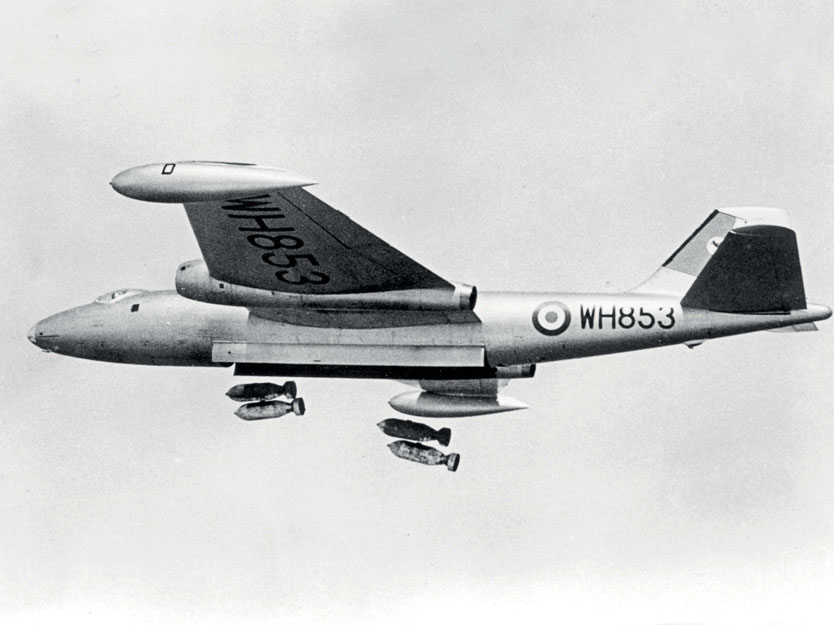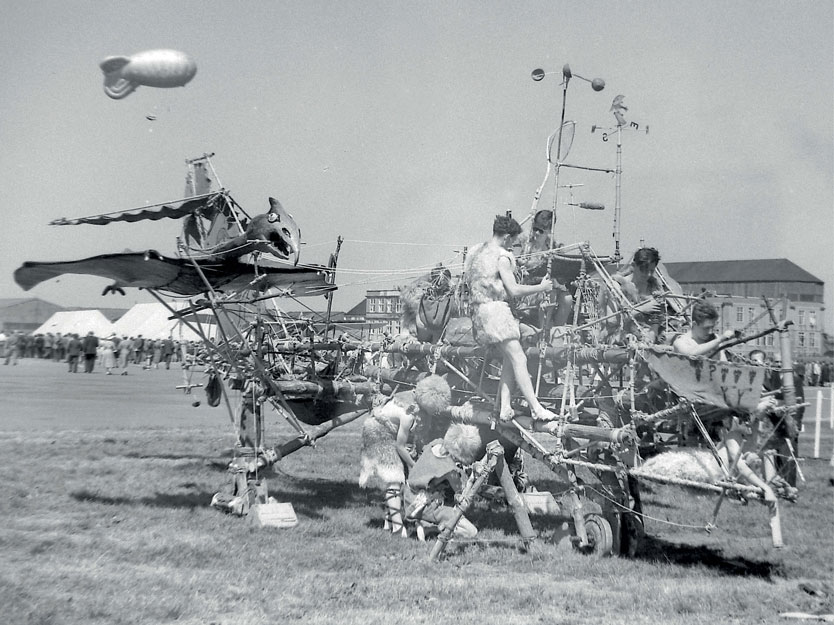Welcome to The Aviation Historian, the print and digital annual journal (formerly quarterly) for seasoned enthusiasts who want to explore the lesser-known paths of flying history.
About TAH Annual No 1
Our transition from quarterly journal to larger annual publication has represented a big change for us, the small team running The Aviation Historian – but for you, our readers, the quality, depth and diversity of our content remains as excellent as ever, if not even better.
In my Ed's Letter in the last of our quarterly issues, TAH50, I was saying that in our new annual form we'll be continuing to bring you more of the same high-quality content from the best researchers, writers and illustrators the world of aviation history has to offer – and I'm delighted to be able to fulfil that promise with the first TAH Annual. The size and format are exactly the same as those of the quarterlies, but with twice the number of pages, giving us more room to dig even deeper into the sort of subjects you tell us you love to read about.
Most of the authors whose latest research is presented in this issue will be well-known to TAH readers, and I'd like to thank them all for their generosity in terms of time, effort and enthusiasm, and without whose support we simply wouldn't have been able to put the Annual together. At a time when the considerable potential threats to objective factual reporting posed by artificial intelligence are frequent headline news, I'm very proud to be able to say that all our authors still do it the hard way: old-fashioned legwork and dogged determination to dig as deep into their subjects as possible. Many of the articles included herein have taken years of research and much revisiting of notes and sources to bring to fruition; and, while we fully embrace the benefits AI can bring to other disciplines, like medical science for example, we're determined to retain the human element when it comes to uncovering and analysing vital original source material. You’ll find no "AI slop" here. So my thanks again to all the contributors who gave so generously of their time to make this first TAH Annual a reality – and of course thanks also to you, our readers, for your continued support.
Particular highlights of this issue include our cover story – Chris Gibson's examination of BAe Dynamics' Sea Eagle anti-shipping missile, illustrated with top-notch information graphics by Ian Bott – as well as Andy Saunders' mythbusting article about the Battle of Britain, and James Kightly's reappraisal of KLM Douglas DC-2 Uiver's astonishing achievement in the 1934 MacRobertson Air Race. Meanwhile, as always, we love to roam along lesser-explored paths of aviation history, and this time we take a look at French airmail rockets, early USAAC experiments in cabin pressurisation, the obscure Fleet Model 50 Freighter, de Havilland Puss Moth structural failures, and a forlorn attempt to improve the hapless Short Seamew. All of the above barely scratches the surface of the rich and satisfying feast of history awaiting you.
So as we swing open the hangar doors once again, kick the tyres, settle into the cockpit and call "contact!", I'll take this opportunity to remind you that print back-issues of almost all 50 quarterlies are still available, along with a full index of everything we've covered so far, free to download.
Chocks away — I hope you enjoy the first TAH Annual!

Nick Stroud, Editor
TAH Annual No 1: Available now

Order it from our online shop

